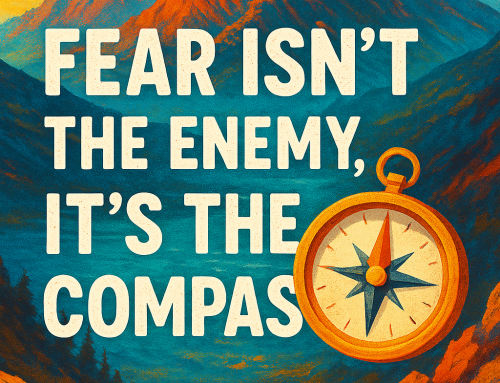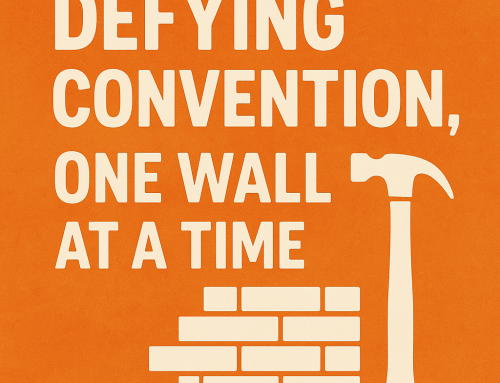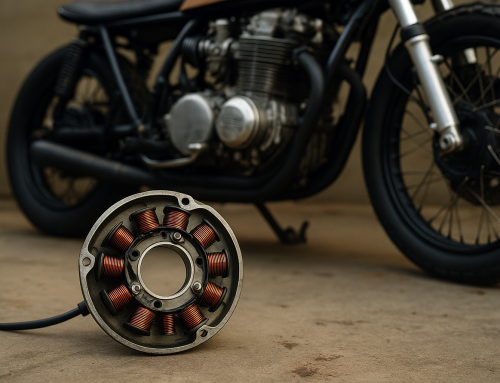Flexibly Opportunistic Budgeting: How I Afford Adventures
“Adventure isn’t a luxury—it’s a prescription for health.”
From the outside, it might look like I’ve got endless funds or zero restraint. Neither is true, although sometimes restraint can be an issue. What I try to practice is something I call flexibly opportunistic budgeting, a way of balancing patience, research, and opportunity so I can say yes to adventure without blowing up my financial responsibilities.
Adventure is my self-care. Just as you’d budget for a necessary prescription or gym membership, I budget for gear and experiences that keep me physically active, mentally balanced, and fully alive.
Patience Pays Off
Impulse buys are expensive. If I see something I want, I wait. Time opens doors—sales, second-hand listings, discontinued stock, sometimes even freebies.
Take hammocks, for example. A nylon double hammock with straps at Costco? $40. An ENO DoubleNest at MEC or REI? $114 plus $30–40 for straps. I own both. The hammocks themselves feel nearly identical. Where quality mattered was in the accessories: straps, bug net, tarp. But here’s the key—I didn’t pay full price.
-
Atlas straps: $12 each (from a store clearing inventory)
-
Guardian DX bug nets: $14 each
-
ENO Profly tarp: the only item I bought new at full price
By being patient, I geared up for a fraction of the retail cost.
“Patience doesn’t just save money—it helps you decide what you really want.”
Research Where Quality Matters
Not every item needs to be top-shelf. The trick is knowing when it does.
When I decided to invest in a personal electric vehicle, I spent months weighing my options—electric longboard, Onewheel, or unicycle. During that time, I learned which models were durable and which were toys. Eventually, I found a used InMotion V12 HT. Retail in Canada would have been about $4,100 with taxes. Marketplace listing: $2,000. After negotiating, I walked away with it for $1,600—no tax, huge savings.
Right specs, right price, right timing.
But when it came to protective gear, there was no compromise. Helmet, spine and shoulder protection, pads—those I bought new, top quality. Research (and common sense) shows safety gear isn’t a place to save. I always look for sales, but even if I had to pay retail, the difference between walking away from a crash or not is worth every dollar.
“Save on the hammock, splurge on the helmet.”
Opportunistic, Not Reckless
Being opportunistic doesn’t mean chasing every deal. It means knowing when to move—and when to pass. A steep discount on gear I don’t need is still wasted money.
It also means mixing experiences: splurge one day, save the next. Enjoy the high-end meal, then balance it with groceries and trail lunches. Adventure becomes a rhythm of give and take, not a race to spend.
Stretching Travel Dollars
One of my favorite hacks is extending business trips into adventures.
If I’m already being flown somewhere for a conference, I’ll tack on a few personal days. When the trip switches from company expense to personal, I’ll move from a conference hotel to a budget Airbnb or campsite. I’ll explore local trails, parks, or cultural sites. Meals become a mix: the odd reasonably priced nice meal, and several packed lunches.
By layering leisure on top of work, I get the adventure without doubling the travel budget.
This technique has led to some great adventures in regions I might not ever have visited otherwise.
“Sometimes the best trip isn’t a new trip—it’s an extension of one that’s already paid for.”
Adventure as Self-Care
Here’s the real shift: adventure isn’t about “stuff” or appearances. It’s about health. Filming my adventures ties into my creative side, and the love of adventure pushes me to do more—which in turn motivates me to stay healthy so I can keep going.
The World Health Organization recommends at least 150 minutes of physical activity per week for long-term health. For me, outdoor adventures—hiking, biking, skating, EUC riding—are how I hit that target and keep my mental well-being intact.
So yes, I budget for adventure the same way I budget for a prescription or a utility bill. It’s part of my well-being plan. Not wasteful. Not careless. Intentional.
The MADCTY Takeaway
Budgeting doesn’t mean saying no to adventure. It means building a system that lets you say yes more often—without guilt, without debt. Maximize value, creativity, and opportunities. Defy convention by treating adventure not as a luxury, but as self-care. Transcend yourself by turning budgeting into a tool that opens doors instead of closing them.

Sign up with your email and always get notifed of Avada Lifestyles latest news!







